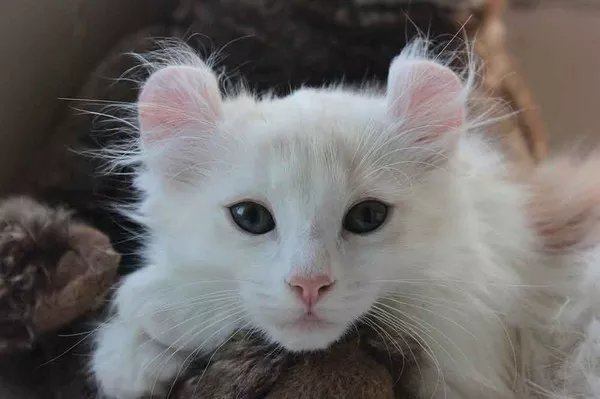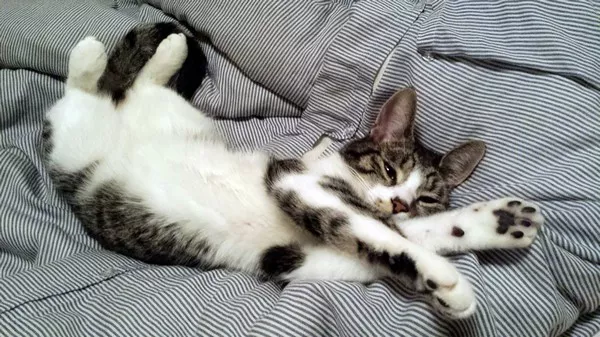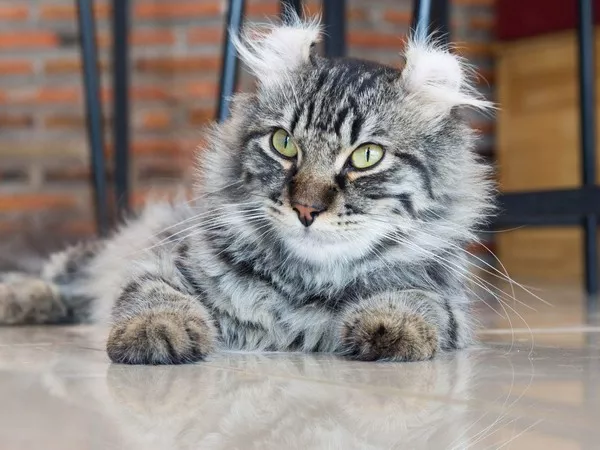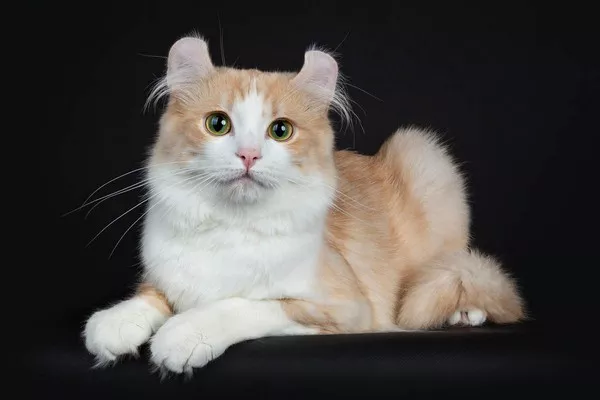The American Curl cat breed is known for its unique curled ears, giving it a distinctive appearance. However, not many people are aware of the breeds that give birth to these beautiful cats. In this article, we will explore the two breeds responsible for the existence of American Curls.
History and Background
Before delving into the breeds that give birth to American Curls, it’s worth discussing the history of these lovely felines. In 1981, a stray cat with curled ears was discovered by Joe and Grace Ruga in California. They named her Shulamith, and she became the foundation for the American Curl breed.
Shulamith mated with a Siamese cat, resulting in a litter of four kittens, two of which had curled ears like their mother. The Rugas then began breeding these cats selectively, with the goal of establishing a new breed with the unique ear curl characteristic.
Breed #1: Domestic Shorthair
The first breed that contributes to the creation of American Curls is the domestic shorthair. These cats have been around for centuries and are known for their friendly personalities, making them popular house pets.
Domestic shorthairs come in multiple colors and patterns, and they’re usually medium-sized, weighing between 6-10 pounds. They’re also quite hardy and can adapt quickly to various environments and lifestyles.
When bred with an American Curl, the domestic shorthair passes on its friendly personality and robust physical characteristics. This combination results in a sturdy, playful, and affectionate cat with curled ears, making them a favorite among cat lovers worldwide.
Breed #2: Siamese
The second breed that contributes to the creation of American Curls is the Siamese. These cats originated from Thailand and are famous for their striking blue eyes and distinctive color points.
Siamese cats are typically slender and muscular, weighing between 6-14 pounds. They’re also incredibly vocal and intelligent, making them excellent companions for those who want a cat that can respond to their commands.
When bred with an American Curl, the Siamese passes on its intelligence and vocal nature, resulting in a curious, talkative, and playful feline with curled ears. These cats are highly adaptable and thrive in various environments, making them ideal pets for families and individuals alike.
What are the health issues with American curls?
1. Hypertrophic cardiomyopathy (HCM): This is a common heart condition in cats, including the American Curl. HCM is characterized by an enlarged heart muscle, which can lead to heart failure and other complications. Regular veterinary checkups can help detect HCM early, and treatment options include medication and lifestyle changes.
2. Polycystic kidney disease (PKD): PKD is a genetic condition that causes cysts to form on the kidneys, which can lead to renal failure. While not all American Curls will develop PKD, it’s important for breeders to screen their cats for this condition before breeding.
3. Patellar luxation: This is a condition where the kneecap (patella) slides out of place, causing pain and discomfort. While patellar luxation can occur in any breed of cat, some American Curls may be more prone to this condition due to their body structure.
4. Dental problems: American Curls, like many breeds of cats, are prone to dental issues such as periodontal disease and tooth decay. Regular dental cleanings and checkups with a veterinarian can help prevent these problems from occurring.
5. Obesity: Due to their affectionate and sociable nature, American Curls may be prone to overeating, leading to obesity. Obesity can lead to a range of health problems, including diabetes and joint issues. It’s important to monitor your American Curl’s diet and exercise levels to prevent obesity.
6. Allergies: Some American Curls may be prone to allergies, which can cause symptoms such as itching, sneezing, and hair loss. Allergies can be caused by a range of factors, including food, environmental triggers, and parasites.
7. Urinary tract problems: American Curls may be prone to urinary tract infections and other urinary tract issues. Symptoms of urinary tract problems can include frequent urination, straining to urinate, and blood in the urine. Treatment options for urinary tract problems may include antibiotics and dietary changes.
Conclusion
In conclusion, the American Curl breed is relatively new but has gained popularity worldwide due to its unique curled ears. The breed’s history began when a stray cat with curled ears was discovered by Joe and Grace Ruga. The Rugas then selectively breed these cats with the goal of establishing a new breed with the unique ear curl characteristic.
The two breeds responsible for the existence of American Curls are the domestic shorthair and Siamese. When bred together, they produce a sturdy, playful, and affectionate cat with curled ears that make them a favorite among cat lovers worldwide.
If you’re thinking of getting an American Curl, ensure you choose a reputable breeder who follows ethical breeding practices. Also, keep in mind that these cats require regular grooming to maintain their beautiful coats, including brushing and bathing as needed.


























